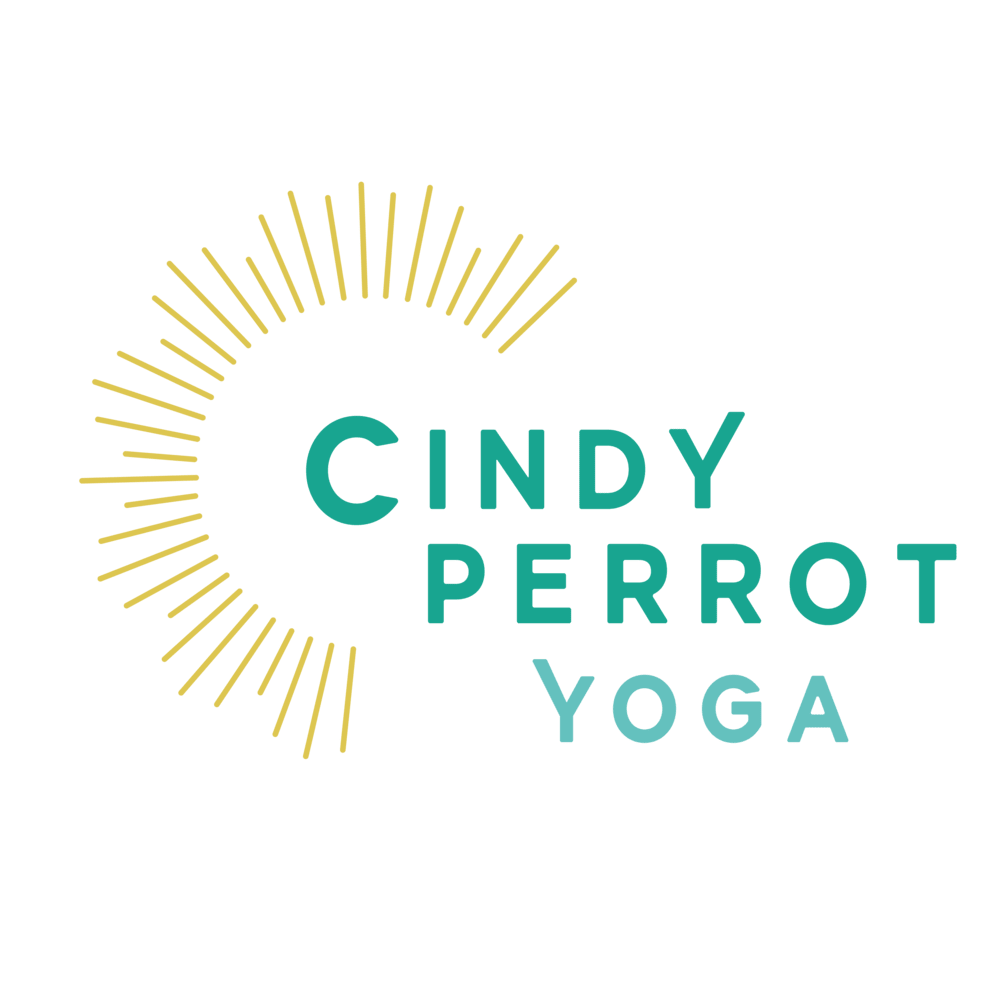Two common questions:
What class should I take? Good question, lots to consider, read on!
Do you think I can do that class? The short answer is always “Yes!”, especially if you have a limited schedule, get yoga in however you can. The long answer is also yes – the class may not be your perfect fit, but any student can find benefit in any class if they take the modifications, respect their body, and stay true to the intention of why they came to class. Give an encouraging smile to the yogi that has been working headstand for months, they are on that part of their journey—does not mean you need to do it, but instead you give your effort and attention to your down-dog inversion, viparita karani inversion, or your child’s pose.
But, if you have a choice of a few classes, let’s describe the major styles in short: their features, how they can suit certain students, and how they are incorporated in a studio schedule.
Hatha: mindful movement. This is a great place to start, at a slow or moderate pace with lots of time for instruction, for pause. Gentle and creative movers will like this style but all, including pitta types, will build a good foundation of flexibility, strength and coordination. Think All-level Yoga, or Noon Yoga.
Vinyasa: for getting your heart pumping, and body-weight strengthening. Can be a section in All-level Yoga and Noon Yoga, but is a feature in Ashtanga (see below) or a general Flow class. While All-level and Noon Yoga can modify this style for most bodies, as it tends to be a short section, Ashtanga and Flow classes will have a lot of up-and-down; if injuries make that difficult, other styles suit better.
Ashtanga: for routine and discipline. The class will be named Ashtanga, as a “system” of poses repeated every class. If the words routine, discipline, and system make your heart sing, you will love this style. If you have been practicing yoga for a while, this style can “take you to the next level” with the poses, but also with the integration of breath, movement, and focus. If you are a beginner, you take all modifications seriously and begin your journey that, with consistent practice, will surprise you. Lots of up-and-down; if injuries make that difficult, other styles suit better.
Yin: for flexibility and meditation. Long and quiet stretches that are often a section of All-Level Yoga, Yoga for Backs+, and Noon Yoga classes, and often offered on its own.
Restorative: for destressing and relaxing. Supported healing poses that are often a section of All-Level Yoga, Yoga for Backs+, and Noon Yoga classes, and often offered on its own.
Iyengar: for posture and alignment. Mainly credited with introducing props and supports to yoga, it inspires sections of All-level Yoga, Noon Yoga, and Yoga for Backs+. It is offered on its own in Iyengar studios with a teacher that goes through rigorous training and leveled certifications.
Kundalini: for spiritual healing. Not offered at this studio, but could be something worth looking for if you like endurance movements, energy work, mantras, and more spiritual experiences with yoga.
Bikram: for sweating and detoxifying, “hot yoga”. Also not offered at this studio as the space is not a hot space, but a very popular style.
While Yoga for Backs+ is described in pieces above, it is a unique offering based on specialized training, but even more in-depth and specialized when offered as Critical Alignment Therapy. Other common styles sample and modify the above, or stand-alone: chair yoga, prenatal yoga, meditation classes, traditional Mysore, Shakti to name a few. The wonderful thing about yoga is that there is a fit for everyone.
As you visit studios and as this studio’s offerings change, watch for the keywords or styles that strike you; they should be quite universal in their characteristics but, of course, subject to the interpretation, inspiration, creativity and overall application of the teacher. Ask questions! And do not fear trying some new styles, you may surprise yourself and be re-inspired to return to your mat again and again.


